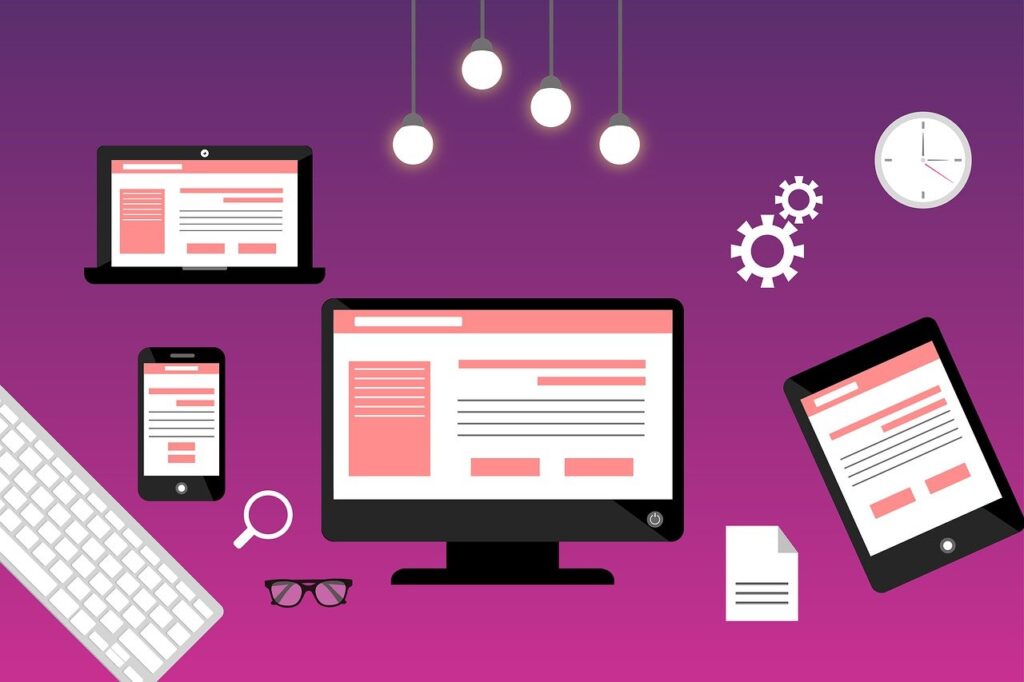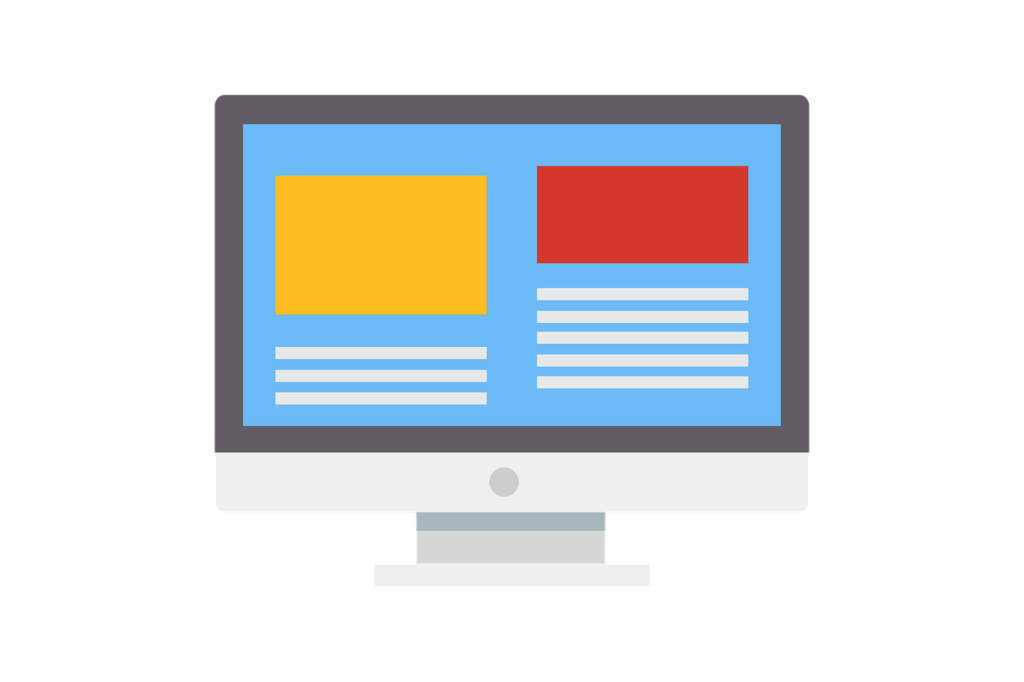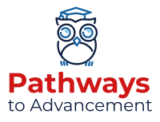User Experience (UX) design focuses on creating enjoyable, efficient, and accessible digital experiences for users. It takes into account factors like usability, interaction, and accessibility to optimize the way users interact with products and services.
As technology continues to evolve, UX design has become an essential component of digital products and services. A well-designed user experience can significantly impact user satisfaction, engagement, and conversion rates, making it a critical aspect of any successful digital strategy.
UX design offers a wide range of career opportunities, from UX designers and researchers to interaction designers and information architects. Professionals in this field work across various industries, developing user-centered solutions for digital products and services.
Exploring Different UX Design Careers
When considering a career in the user experience (UX) design field, it is essential to understand the various roles and opportunities available. This section explores some of the most popular UX design careers and the industries where these professionals are in high demand.
UX Designer
A UX designer focuses on creating seamless and enjoyable experiences for users while interacting with digital products, such as websites and mobile apps. Their primary responsibilities include understanding users’ needs, designing user interfaces, and collaborating with developers to implement their designs. They ensure that users can efficiently navigate digital products and have a positive overall experience.
UX Researcher
UX researchers play a critical role in the UX design process by conducting user research and gathering insights to guide design decisions. They employ various research methods, such as user interviews, surveys, and usability testing, to understand users’ behaviors, needs, and preferences. These insights are then used to improve and optimize the user experience.
Interaction Designer
Interaction designers specialize in designing how users interact with digital products, focusing on the functionality and usability of these interfaces. They create wireframes, prototypes, and user flows that illustrate how users can complete tasks and achieve their goals. Interaction designers collaborate closely with UX designers and developers to bring their designs to life.
Information Architect
Information architects are responsible for organizing and structuring the content and information within digital products. They ensure that users can easily find and access the information they need, creating intuitive navigation systems and organizing content in a logical manner. Information architects work closely with UX designers and content strategists to create an effective information hierarchy.
UI UX Design Careers
UI (User Interface) designers are responsible for the visual aspects of digital products, such as the layout, typography, and color schemes. They create visually appealing and functional interfaces that align with the overall UX design. A career in UI UX design combines both UI and UX design skills, allowing professionals to create cohesive and visually appealing user experiences.
Opportunities in Various Industries
UX design careers span across a wide range of industries, from technology and eCommerce to healthcare and finance. As digital products become increasingly integral to everyday life, the demand for skilled UX professionals continues to rise. By pursuing a career in UX design, individuals have the opportunity to work on projects that have a significant impact on users’ lives and contribute to the success of various businesses.

Essential Skills for a UX Design Career
To excel in UX design careers, professionals must possess a specific set of skills that enable them to create effective and user-friendly experiences. These essential skills not only contribute to career success but also help UX designers stand out in a competitive job market.
Understanding of User Experience Fundamentals
At the core of a successful UX design career lies a strong understanding of user experience fundamentals. This includes knowledge of user-centered design principles, usability, accessibility, and the overall design process. A UX designer must be able to empathize with users and create designs that cater to their needs and preferences.
Proficiency in Design Tools and Software
UX designers must be proficient in a variety of design tools and software to bring their ideas to life. This includes wireframing, prototyping, and design tools such as Sketch, Adobe XD, and Figma. Familiarity with user research and testing tools is also crucial for gathering insights and making data-driven design decisions.
Problem-Solving and Critical Thinking Abilities
UX design involves identifying and solving user problems through innovative design solutions. A UX designer must possess strong problem-solving and critical thinking abilities to analyze user needs, brainstorm creative solutions, and evaluate the effectiveness of their designs. This skillset enables designers to tackle complex challenges and develop user experiences that truly resonate with their target audience.
Communication and Collaboration Skills
UX design is often a collaborative process, requiring designers to work closely with other team members, stakeholders, and users. Effective communication and collaboration skills are essential for presenting ideas, gathering feedback, and refining designs. A UX designer must be able to articulate their design rationale, listen to others’ perspectives, and adapt their designs based on feedback and collaboration.
Adaptability and Continuous Learning Mindset
The field of UX design is constantly evolving, with new tools, techniques, and trends emerging regularly. To stay competitive and successful in their careers, UX designers must embrace an adaptability and continuous learning mindset. This involves staying up-to-date with industry advancements, learning from user feedback, and continually refining their skills to create more effective and engaging user experiences.
Educational Pathways for UX Design Careers
Embarking on a UX design career requires a strong foundation in design principles, user psychology, and relevant skills. There are various educational pathways available to help aspiring UX designers achieve their goals, and each individual can choose the path that best suits their needs and circumstances.
Formal Education in Design, Psychology, or Related Fields
A formal education in design, psychology, or a related field can provide a comprehensive understanding of the concepts and methodologies essential for a UX design career. Degree programs in graphic design, human-computer interaction, cognitive psychology, or a similar discipline can be a valuable starting point. These programs typically cover design principles, user research methods, and interaction design, among other relevant topics.
Certification Programs and Online Courses
For those who wish to pursue a more flexible and targeted learning approach, UX design bootcamps, certification programs, and online courses can be an excellent alternative. Various institutions and online learning platforms offer UX design courses that cover essential topics, such as user experience fundamentals, design tools, and user research techniques. These courses often include hands-on projects, allowing learners to gain practical experience and develop their portfolios.

Building a Strong UX Design Portfolio
A well-curated portfolio is of paramount importance when pursuing UX design careers, as it showcases your skills and expertise to potential employers. Crafting a portfolio that highlights your personal projects, case studies, and UI UX design work samples ensures that you stand out from the competition.
Showcasing Personal Projects and Case Studies
One way to build a robust portfolio is by featuring your personal projects and case studies. These projects demonstrate your understanding of the UX design process, from user research to prototyping and testing. Be sure to provide context and explain your design choices, as this will help potential employers understand your thought process and problem-solving abilities.
Incorporating UI UX Design Work Samples
In addition to personal projects, your portfolio should include examples of UI UX design work. This may include wireframes, mockups, and prototypes, as well as any final designs you’ve created for clients or employers. By displaying a range of design work samples, you’ll showcase your versatility and adaptability in various design contexts.
Emphasizing Problem-Solving and User-Centered Design Approach
It’s essential to emphasize your problem-solving skills and user-centered design approach throughout your portfolio. This can be achieved by highlighting the challenges you faced during your projects and explaining how you addressed them through research, testing, and iteration. By showcasing your ability to empathize with users and create solutions tailored to their needs, you’ll demonstrate your value as a UX designer and set yourself up for success in your career.
Networking and Professional Development in UX Design
To excel in UX design careers, networking and professional development play a crucial role. By connecting with other professionals in the field, you can learn from their experiences and gain valuable insights. One way to establish these connections is by attending conferences, workshops, and webinars that focus on UX design. These events provide opportunities to meet industry experts, learn about the latest trends, and even discover potential job openings.
Another approach to expanding your network and staying updated with the latest developments in UX design is by joining online forums and communities dedicated to the field. These platforms offer a space for designers to share their knowledge, ask questions, and collaborate on projects. By actively participating in these communities, you can hone your skills, showcase your work, and build a strong professional network that can help propel your UX design career forward.
Remember, the key to success in UX design careers lies not only in your technical skills but also in your ability to network and continuously learn. By prioritizing networking and professional development, you are setting yourself up for a thriving career in the ever-evolving world of UX design.

How to Switch Careers to UX/UI Design
Transitioning into a UX/UI design career can seem daunting, but with the right approach and a focus on developing relevant skills, you can successfully make the switch. Here are some key steps to help you on your journey:
Assessing Your Transferable Skills
Begin by evaluating your existing skills and experiences that can be applied to a UX/UI design career. For example, if you have a background in graphic design, psychology, or marketing, these fields can provide a strong foundation for understanding user needs and creating effective designs. Identify your strengths and areas where you need to improve, and use this information to guide your learning path.
Gaining Relevant Knowledge and Experience Through Courses and Projects
To gain the necessary knowledge and experience, consider taking courses or enrolling in online programs that focus on UX/UI design principles and practices. These courses can help you develop a solid understanding of user experience fundamentals, design tools, and industry best practices. Additionally, work on personal projects or volunteer for design tasks to apply your newly acquired skills in real-world scenarios.
Building a UX Design Portfolio to Showcase Your Abilities
A strong portfolio is essential for demonstrating your skills and expertise in UX/UI design. As you work on projects and gain experience, document your design process, including research, wireframes, prototypes, and final designs. This will provide potential employers with insights into your problem-solving approach and user-centered design thinking.
Networking with Professionals in the Field and Seeking Mentorship
Connecting with experienced UX/UI designers can provide valuable insights and guidance as you navigate your career transition. Attend industry events, join online communities, and engage in conversations with professionals to learn more about their experiences and gain advice on how to succeed in the field. Seeking mentorship from established designers can help you gain a deeper understanding of the industry and accelerate your professional growth.
In conclusion, switching careers to UX/UI design involves leveraging your transferable skills, gaining new knowledge and experiences, building a strong portfolio, and networking with professionals. By following these steps and maintaining a commitment to continuous learning and growth, you can successfully embark on a rewarding career in UX/UI design.
Job Prospects and Salary Expectations in UX Design Careers
The field of UX design has seen significant growth in recent years, making it an attractive career option for those interested in creating user-centered digital experiences. This section will discuss the growing demand for UX designers, salary ranges for both entry-level and experienced professionals, and the opportunities for remote work and freelance engagements in the industry.
The Growing Demand for UX Designers
As more businesses recognize the importance of user experience in driving customer satisfaction and loyalty, the need for skilled UX designers has increased. Companies across various industries, from tech to retail, are seeking talented professionals who can create seamless and enjoyable experiences for their users. This growing demand has opened up numerous job opportunities for those pursuing careers in UX design, making it a promising field for both new and experienced designers.
Entry-level and Experienced UX Designer Salary Ranges
Salaries in the UX design field can vary depending on factors such as location, company size, and individual experience. UX designers can typically expect to earn between $91,596 and $120,632 per year, with the average salary around $104,884. As with any career, continued professional development and the acquisition of specialized skills can contribute to increased earning potential over time.
Remote Work and Freelance Opportunities in UX Design
The nature of UX design work lends itself well to remote and freelance opportunities, as many tasks can be completed independently and with the aid of online collaboration tools. This flexibility allows UX designers to work from home or pursue freelance projects, offering greater control over their schedules and the potential for a better work-life balance. As the popularity of remote work continues to rise, UX designers can expect to see an increase in available remote job listings and freelance engagements.
In conclusion, UX design careers offer a wealth of opportunities for growth and advancement, with a strong job market and competitive salary ranges. As you embark on your journey in this exciting field, be sure to leverage the guidance and resources provided by Pathways to Advancement to help you reach your education and career goals.
Forge Your UX Path
As you embark on your UX design career journey, remember the importance of lifelong learning and personal growth. We encourage you to explore the resources and guidance offered by Pathways to Advancement that cater to adult learners and non-traditional students. With education matched to your career goals and unbiased expert advice, you’ll find the support you need to make informed decisions and reach your full potential. So, take the next step and visit our education pathways section to discover more about UX design and other exciting career opportunities.

